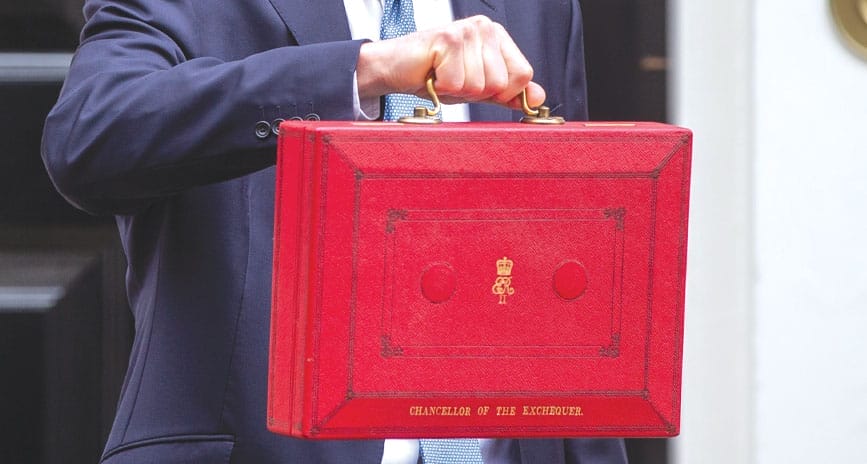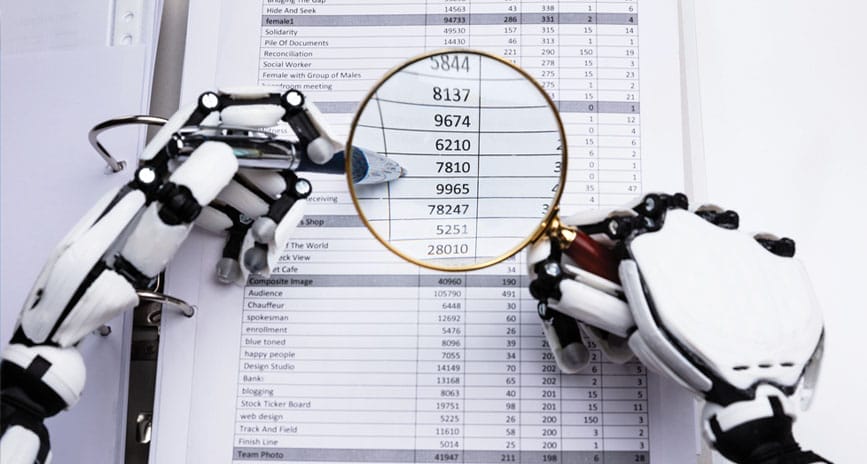HMRC is implementing new VAT rules for the construction industry to combat fraud – are you prepared?
Due to a number of cases of fraud in the construction industry which has been significantly impacting upon the amount of tax payments received from the sector, HMRC feel they have been forced to take action. This has resulted in a decision meaning that from 1 October 2019, HMRC will be introducing a new method of accounting for VAT for construction workers and sub-contractors to prevent the ongoing exploitation and avoidance of VAT payments.
What changes are being introduced and why?
The Reverse Charge for Construction Services will be implemented to help combat the effect of construction tax fraud, as highlighted in a HMRC consultation conducted during March-June 2017. The consultation found a prevalence of organised criminal activity, with contractors and sub-contractors taking part in ‘missing trader fraud’, either taking over existing companies with growth payment status (GPS) and extending the supply chain to make it increasingly convoluted and complex to make tax reconciliations accurately, or creating a new company with a ‘puppet’ director and then ‘disappearing’, thereby leaving a significant deficit in VAT payments.
Fraudulent activity has been most common amongst sub-contractors who provide groups of workers to construction projects, here they pay less VAT because wages are not subject to VAT. However, because they are providing a recruitment service, they are charged VAT based on supply services, resulting in missing traders or overt tax avoidance fraud, including failing to make CIS deductions and remissions that would otherwise cover worker’s PAYE contributions.
Introducing the reverse charge for construction services
The reverse charge is designed to shift the responsibility for paying VAT along the supply chain to the final customer or ‘end user’. Currently the risk of non-payment is attributed to contractors and sub-contractors charging their customers VAT, but then ‘going missing’ and keeping the VAT payments for themselves. By passing the responsibility of paying VAT onto the final customer rather than the supplier, it should be impossible for missing trader fraud to take place, as the customer pays the VAT directly to HMRC.
What will the reverse charge involve?
The new reverse process will see that:
• Main contractors/customers account for VAT on sub-contractor services and the net value of supplier invoices, and then deduct the amount of VAT to leave them in a nil net tax position.
• Suppliers do not invoice for VAT.
How will the reverse charge affect construction workers?
The implementation of the reverse charge will need lots of preparation and planning in an attempt to minimise the consequential challenges to construction companies, specifically smaller businesses. Finding the evidence: Difficulties are likely to arise when identifying which customers/main contractors are liable for the reverse charge. This will include checking VAT registration and providing evidence that the customer is the ‘end user’, and then invoicing correctly according to the new process.
Additional time and costs: Small businesses are likely to see some financial impact, as they may be required to change or adjust their current accounting and IT systems, and invest in training for staff members to bring them into compliance with the new
VAT payment rules.
Managing cashflow: For small businesses or companies who operate within a tight cashflow system, extra preparation and planning will be necessary to account for holding VAT payments until requested by the HMRC. The successful roll-out of the reverse charge is expected to raise an average of £100 million a year in tax payments which is great news for HMRC, but whilst catching out the offenders who have been avoiding paying due VAT, this change is likely to affect all builders, sub-contractors, and other trades associated within the construction industry – even the honest one.
With error penalties in place for incorrectly invoicing the reverse charge or miscalculating the output VAT collected by the HMRC.
Les Leavitt
Leavitt Walmsley Associates
www.lwaltd.com



